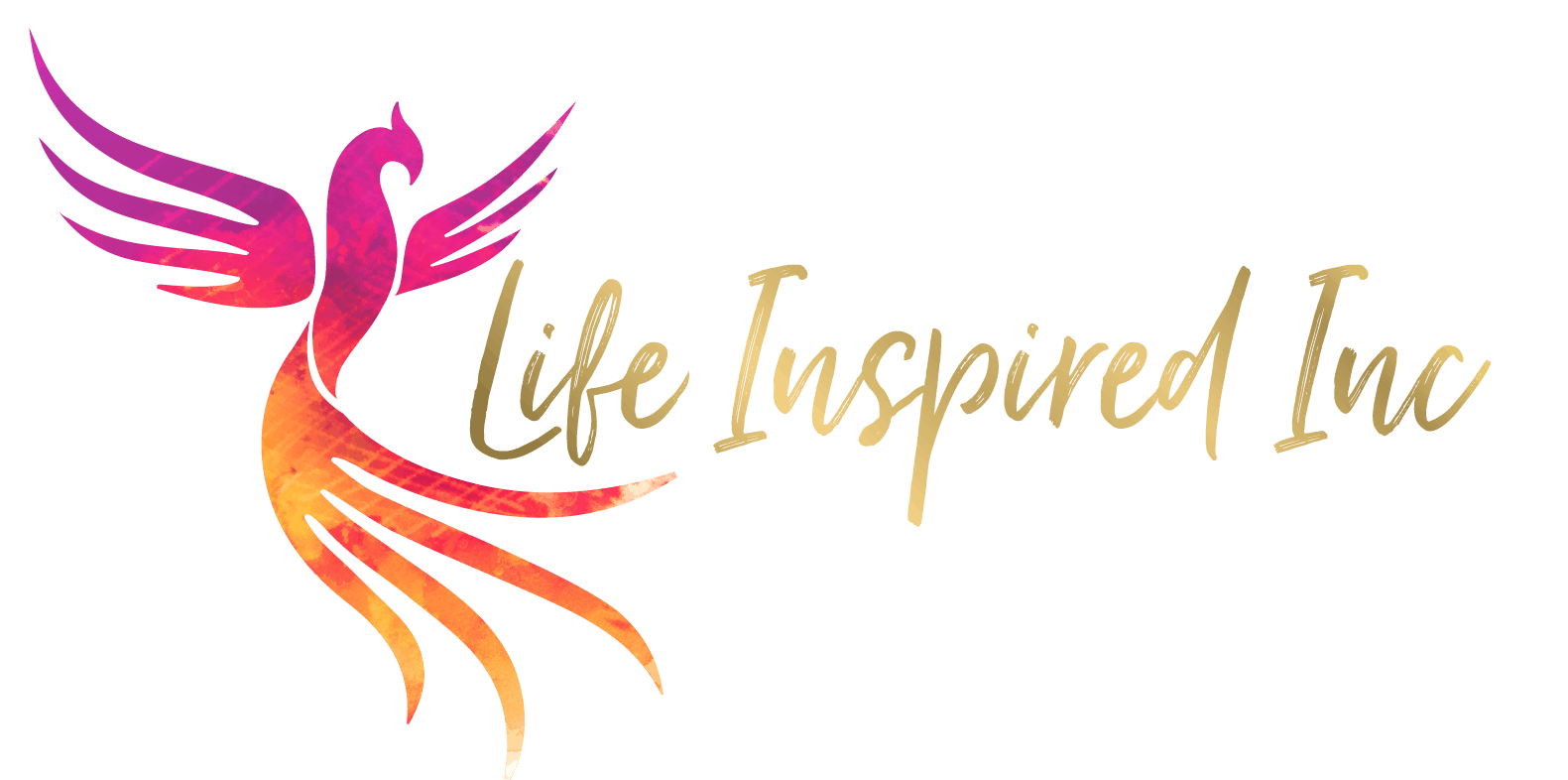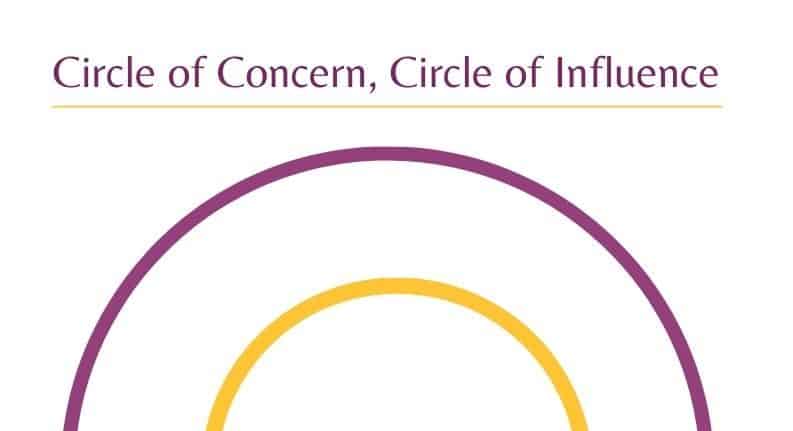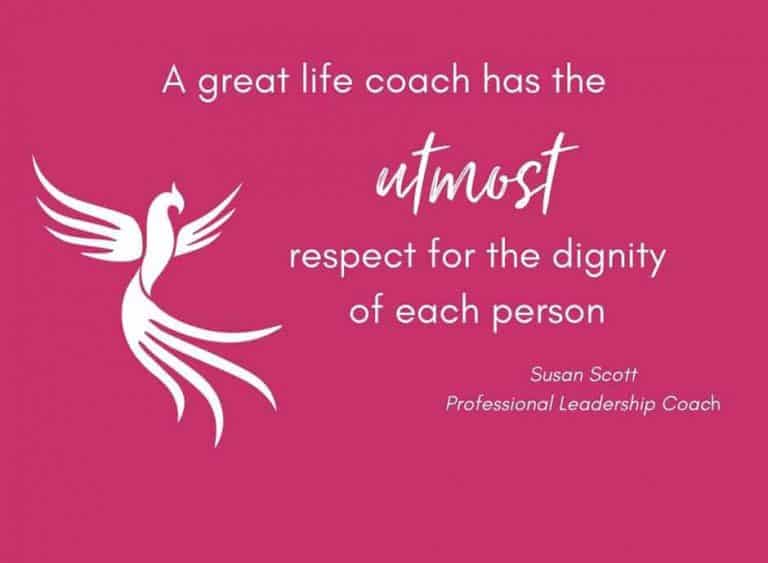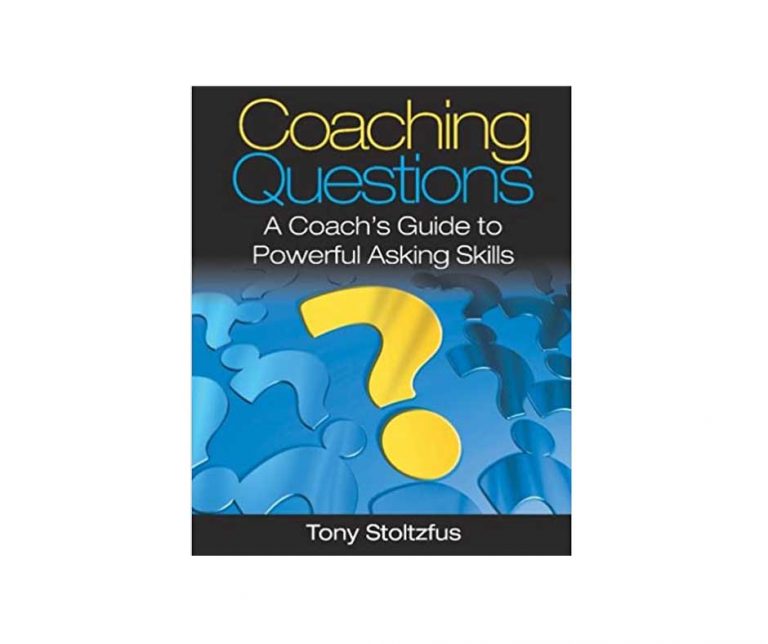Free* Circle of Influence Worksheet
Help your client (or yourself!) move into a more pro-active mindset by working through this circle of influence worksheet.
Are you proactive or reactive?
People who are reactive focus on areas of concern or worry.
People who are proactive focus on areas where they have control or influence.
People who are reactive respond to events based on how they feel in the moment.
People who are pro-active intentionally decide who that want to be, regardless of current situations.
People who are reactive often feel like life is overwhelming, out of control, chaotic.
People who are pro-active know that life has ups and downs and they ride those waves with confidence
Riding with the waves of life, rather than constantly being beaten down by them takes a lot less energy. It creates far less stress, and the momentum of those waves can be harnessed to move us toward greater heights, rather than drowning us. It makes for a smoother, less chaotic life!
Using this Free Circle of Influence Worksheet you can help your client identify where they are reacting to things they have no control over and where they can make pro-active plans to deal with the things they do have control over.
When to use Circle of Influence Worksheet
When a client comes into a coaching session frazzled, overwhelmed, anxious and feeling like life is about to pull them under, using the Circle of Influence worksheet is like giving them a surfboard so they can start to get on top of the waves.
Using the Circle of Influence with a client, combined with a practice of reflecting back any examples of where they have had success and control, can help them break away from the fear- based reactive approach to life.
Instructions.
This exercise includes both the Circle of Concern and the Circle of Influence. It is important to separate our worries into those two very separate categories.
The first step (and a very helpful one!) is to ask your client to brain dump everything they are concerned about onto the outer circle. Just this step alone can make a huge difference. When worries are nothing more than vague uncertainties hiding in the dark recesses of our mind, they feel huge, scary and anxiety-inducing. Once they are brought out into the light of day and written down, worries lose much of that power because they can be seen clearly for what they are.
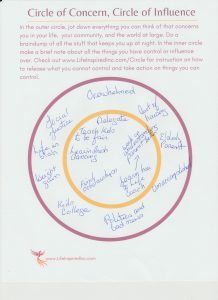
After getting all the areas of concern out of the brain, ask the client to write in the inner circle all the things they have direct control over.
Example Circle of Influence Worksheet
The act of writing concerns down on paper engages the logical part of our mind, which can look at problems and worries with critical thinking abilities the emotion side of our brain doesn’t have.
For example a client might write “climate change” as an areas of concern.
After seeing numerous news stories full of fear inducing headlines, and hype about what “might” happen in an unspecified future, their brain has stored the idea of climate change and packaged it with the emotion of fear as a memory. The result is whenever the idea of climate change is triggered, that memory package, along with the emotion, rises up and the client becomes immediately aware of a vague sense of fear clouding their brain and causing unease.
This is a feeling, more than a logical evaluation of what they just read. It’s the vague, unsettled feeling that leaves them frazzled and overwhelmed.
Until they write it down and think more clearly about it.
There is very little they can do about climate change. Once they acknowledge it as a concern and put it in the circle of concern, outside their circle of influence, they can then move on to identify practical, actionable steps they can do to minimize their personal impact on the environment. This action would be written inside their circle of influence.
When people have logically evaluated a concern using a tool like the Circle of Concern and Influence they can decide on either
1 – a specific plan to deal with it, or
2 – there is nothing I can do about it so I can let it go.
They feel confident.
Life feels much more in control.
Another concern could be about the stability of their job. While they might have zero control over what their corporate employer does, they do have control over ways to make themselves more employable in the event they get laid off. They can start to identify concrete action steps to take and put those inside the circle of influence.
There will be areas of concern over which they have no control and little or no influence – they might be worried about a friend’s drinking problem for example. Short of being a supportive, listening ear, they do not have any control over someone else’s lifestyle choices.
Empowering someone to spend more time working on what they can control and learning to let go of what they cannot control is like giving them that surfboard to start riding the waves of life.
Coaching Questions to use with Circle of Influence/Circle of Concern
- Think of events and situations that typically cause worry or concern. Does this event belong inside your circle of influence?
2. If so, what is your next logical step to deal with it?
3. Or, is it outside your control?
4. What practices can you put in place to help you let go of that which you cannot control?
5. What mindset, attitudes, beliefs or fears keep you worrying about things outside your control?
6. What is the cost of worrying about those things?
7. What can you do to be more proactive about intentionally deciding to let go of things you cannot influence?
8. What is the benefit you get from trying to control things?
Working with the Client After Completing Circle of Influence Exercise
Find a measurable way to quantify their problem and their results so they can see tangible improvements! This will not only be encouraging to the client, it will help them justify continuing coaching with you.
It’s important for the client to clearly identify the real cost of worrying about things outside their control. Ask them for specific examples. Are they losing sleep? Fighting with their partner or co-worker? Experiencing constant stress that leads to over-eating, too much alcohol or drug use.
Identifying specific consequences of trying to control things outside our control, means you can also clearly see when changing the behavior has resulted in greater life satisfaction. Better sleep, no more fighting, no more overeating, controlling their use of alcohol…
Getting that clarity during the coaching session means you can help the client make the connection between how their life has improved and their work with you.
